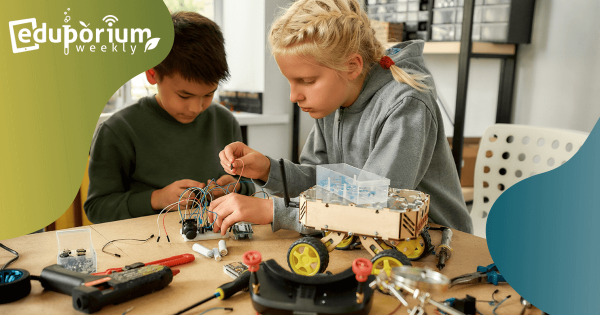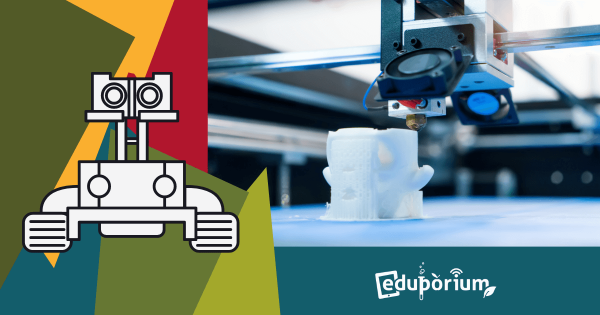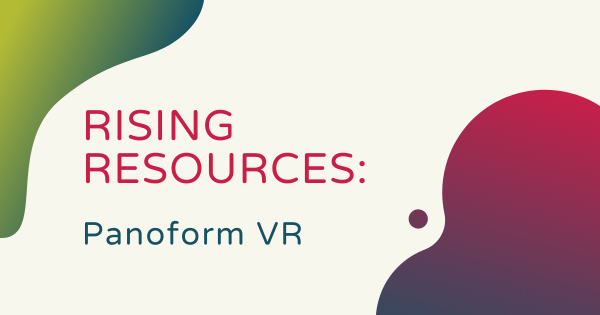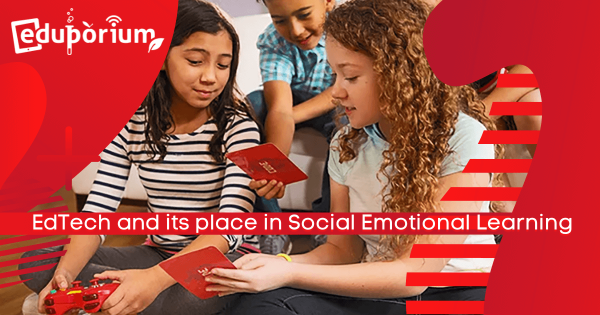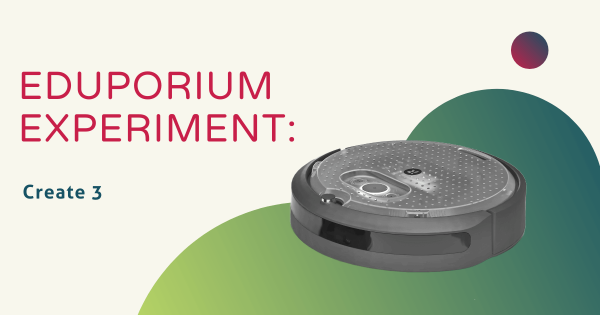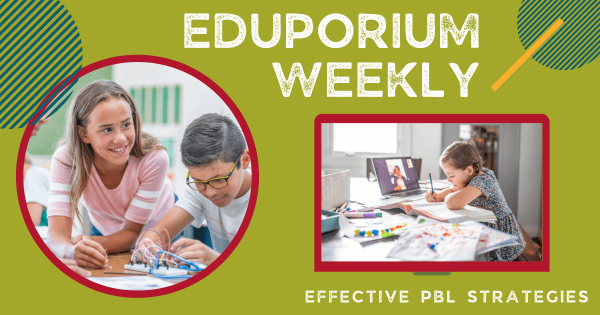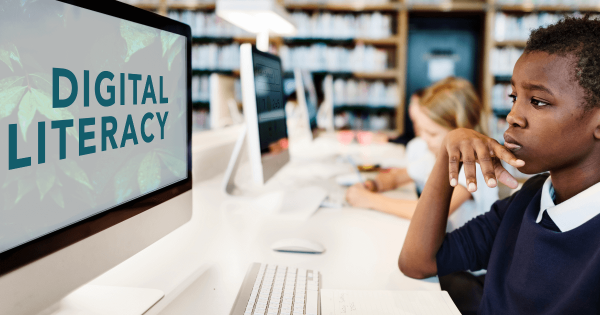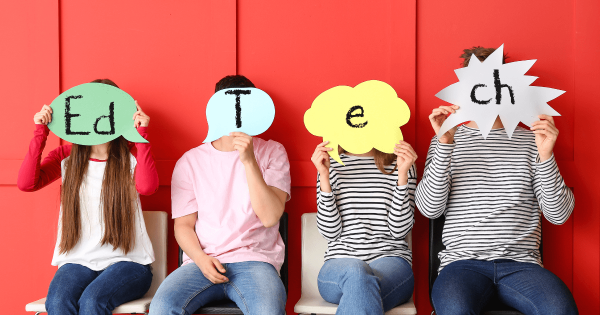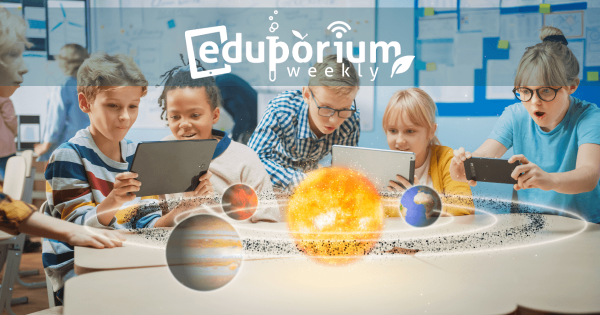Equity in modern learning involves much more than connectivity—although that’s a big piece of this puzzle. Disparities in reliable Internet access along with other inequities (as we constantly felt amid the pandemic) can expose inconsistencies in learning quality. On the other hand, firming up students’ digital safety (while serving their needs) also entails equity considerations.
EdTech
Educational technology has, of course, completely transformed how today's K-12 students learn. From basic 3D printers and virtual reality systems to simple coding robots and screen-free building tools, countless numbers of educators have been able to affect education for the better and help children develop transferrable skills for the real world. Since EdTech now covers so many areas, however, there often remains a lot for teachers to learn about and explore. Not every technology tool will impact your students in the same ways, nor will they enhance every single lesson. It's more about finding the right solutions for the right situations and building high-quality instruction from there. In this section, we cover everything from specific classroom STEM kits to insights on integrating EdTech tools in teaching. And, we'll continue adding new resources with thoughts on the many branches of the EdTech tree.
EdTech resources are constantly impacting student development and redefining how educators can engage them. Besides those hands-on technologies, digital tools and platforms also play a huge role in learning. From coding or artificial intelligence to social-emotional learning, the instant availability of EdTech resources generates many revolutionary opportunities all throughout the world of K-12 and higher education. When it comes down to it, however, equitable access to technology can be a complete game changer. With these opportunities, students can build the hard and soft skills to navigate our increasingly complex world. And, no matter how complex or simplistic EdTech activities are, they can help catalyze that development. We encourage you to browse the content below and reach out to our team with any questions.
-
Eduporium Weekly | The Best Characteristics Of EdTech
As EdTech tools evolve, their defining characteristics are often changing as well and, as we get further into the 21st century with a collectively stronger understanding of how to prepare our students for the future, those features keep improving. So, this week, we’re breaking down some of the very best things to look for as you vet any new educational -
Rising Resources | Panoform For VR Creation
Designed to do more than simply immerse them in vivid content, Panoform VR empowers children to become creators and even own how they design and view new-age media. Though it may seem complex and technical, it is actually very accessible—even for beginners who want to explore creating in VR and any students who enjoy learning with this unique medium. -
EdTech And Social-Emotional Learning
With classroom SEL practices come key opportunities for students to learn some of the most significant social-emotional skills for the future, including self-awareness, goal setting, and social awareness. And, if more educators learn to seamlessly integrate EdTech tools in SEL instruction, they can help to unlock new benefits and expand how SEL impacts kids’ development. -
Rising Resources | Edpuzzle And Video Learning
Edpuzzle is a versatile tool that educators can leverage to engage students with videos that resonate with them and enhance their learning. Essentially, with Edpuzzle, teachers could add video into their instruction and integrate it in a unique way—by directly adding their own points, insights, questions, or relevant bits of information for students to interact with as they watch. -
Eduporium Experiment | iRobot Create 3 Robot
Although it’s a more advanced robotics tool, the Create 3 is certainly viable for any classroom. The biggest differentiator between the Create 3 and the Root Robots comes with its programming functionalities, which are almost entirely centered on text-based programming in Python but teachers could also, however, use it to introduce students to the world of ROS 2. -
Eduporium Weekly | Strategies For Effective PBL Instruction
Project-based learning, as you might know, is a quite effective approach to instruction that’s often tied to increased community involvement and active collaboration among students. So, we’re exploring what may help teachers get PBL right, tips for implementing successful projects, and ideas for how to best leverage EdTech tools to generate ideal results. -
Eduporium Weekly | Defining And Developing Digital Literacy
There are so many types of literacies that we’ll now associate with student development—from some basic financial and media literacy skills up to, of course, their digital literacy. Each one of these literacies have become very important in today’s world and, among them, digital literacy remains one of the most crucial fluencies that your students can develop. -
Using EdTech To Teach SEL And Communication Skills
Although the pandemic caused setbacks in SEL and communication skills, students are often using EdTech to revitalize some of that lost learning. By working as teams to build a circuit or practicing conversations with robots, students foster communication skills that can prepare them for their future. And, they can even communicate in alternative ways through art or music. -
Eduporium Weekly | Augmented Reality In Education
In schools, AR tools help foster unique and strong learning experiences for students of all ages. In fact, its versatility offers teachers so much potential solely in terms of amplifying engagement. Plus, the variety of avenues they have for using augmented reality help make it viable in almost any subject, offering the chance to educate students in new and affordable




